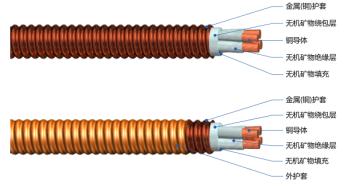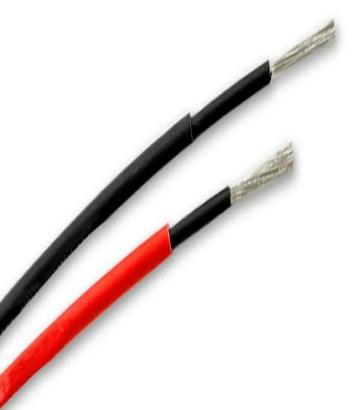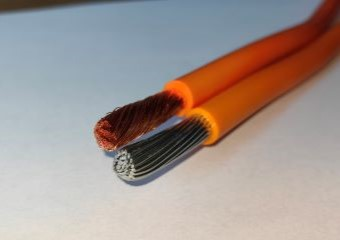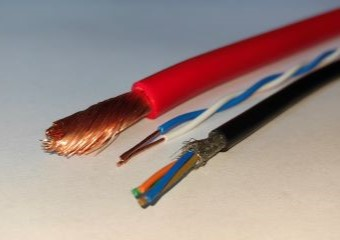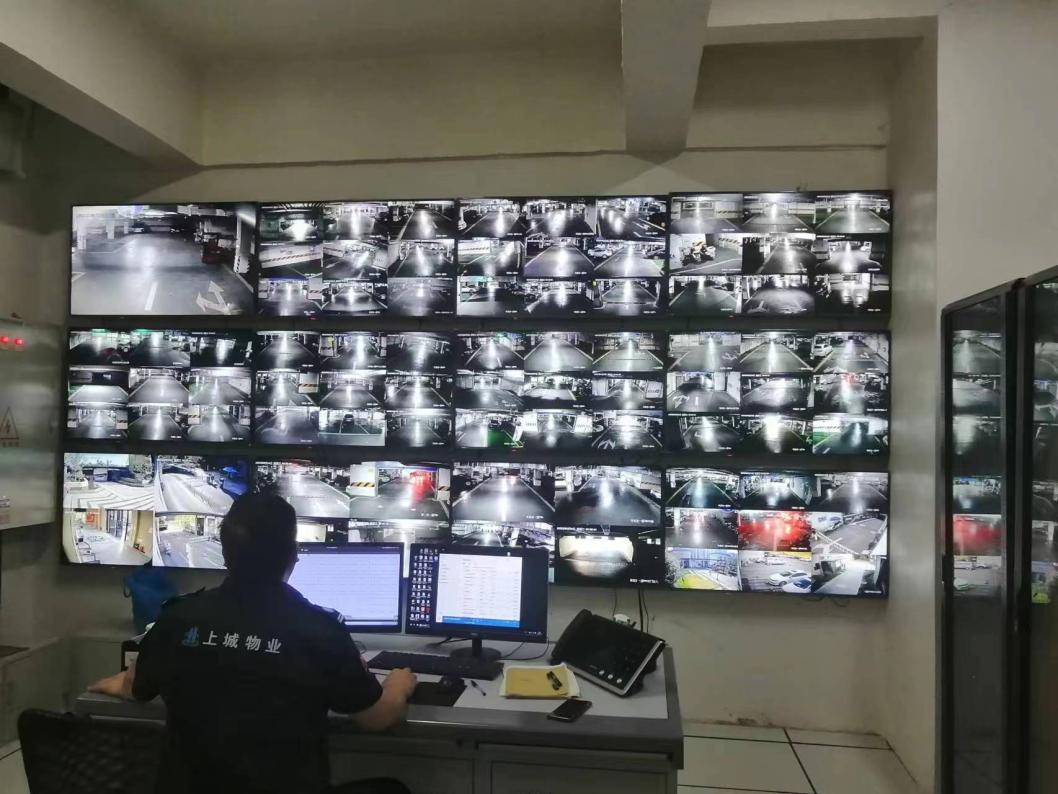
Case study - irradiation application
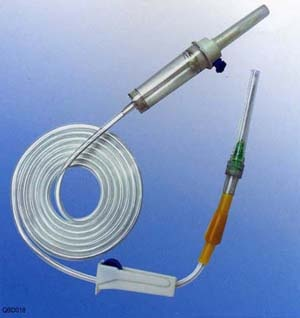
Radiation application - pharmaceuticals and medical devices
Medical devices in use are required to be sterile, making it necessary to control the content of microorganisms at a low level. Manufacturers use ethylene oxide gas to sterilize products to inhibit the growth of microorganisms on the surface of a device. During use, there may be residual ethylene oxide, which can cause harm to human body. The emergence of electron irradiation technology has precisely solved this problem. Electronic accelerators can effectively kill bacteria, avoid contact infection to patients' open wounds, and also avoid secondary damage from ethylene oxide.
Similarly, the bacterial contamination of women and children's products in the production process will directly affect the health of children, so it is necessary to sterilize such products as per the health requirements.
Most Chinese patent medicines and some western medicines can be sterilized by irradiation, thereby effectively killing harmful bacteria in Chinese patent medicines and health products, so as to meet the practical and hygienic requirements. This is especially suitable for medicinal powder and Chinese patent medicines that are not resistant to high temperature and contain volatile components.

Irradiation application - food
Irradiation of food can inhibit physiological growth and prolong shelf life. For example, irradiation of garlic in large quantities can inhibit its physiological growth and achieve the purpose of preservation. Irradiation of fresh fruits and vegetables can inhibit enzyme activity, delay ripening, and prolong shelf life.
Insecticidal property and sterilization: Kill pests in cereals, bacteria in condiments and dehydrated vegetables, food-borne pathogenic bacteria in food, etc.
Preservation of frozen livestock, poultry, meat and seafood: The high-energy accelerator electron beam has high energy and high processing speed, which is suitable for frozen food that needs to be irradiated in time.
Degradation and destruction of harmful residues and food allergens in food.
Quarantine treatment by irradiation for import and export.

Irradiation modification - wire, cable, and sheet
Irradiation processing will change the molecular structure to a certain extent, and promote the stereo-linkage of chemical bonds in polymer materials, so as to make the structure more stable. This is common in wire and cable processing. After irradiation processing of PVC, PE, PTFE and other materials, the molecular structure of the cable cover forms stereo-crosslinking, and the degree of compactness is far beyond that of conventional products.
It not only significantly improves the physical indicators of the cable such as flame retardant, insulation, and environmental adaptability, but also improves the electrical performance of the product. PTFE, a very important high-temperature resistant material in aerospace field, is obtained by improving its performance through electron accelerator irradiation. The service life of an irradiated cable can be effectively prolonged.
 Your current location:
home
>
Exhibition Hall Online
>
Venue Layout
>
N4
>
Centralized Booths int the lntelligent Parts Area of chip software
>
Chongqing Yubang Industrial Gr...
Your current location:
home
>
Exhibition Hall Online
>
Venue Layout
>
N4
>
Centralized Booths int the lntelligent Parts Area of chip software
>
Chongqing Yubang Industrial Gr...
